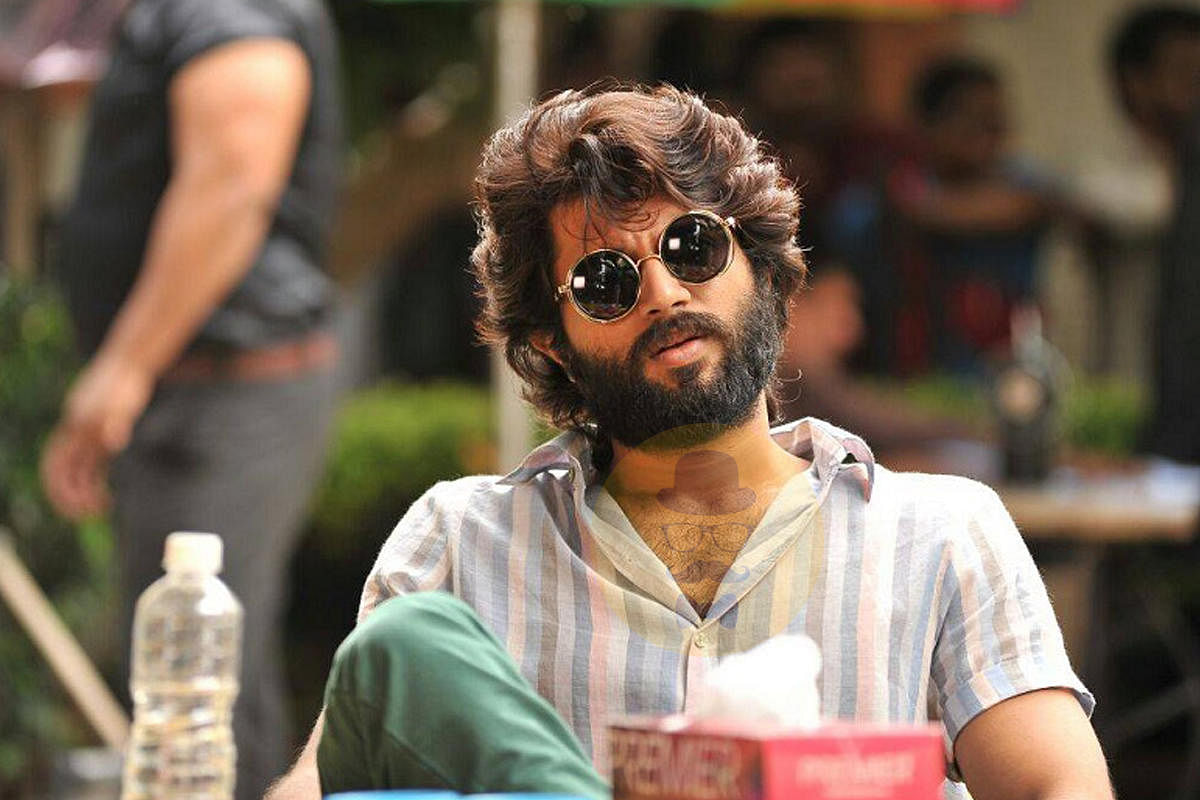
Why have we stopped writing memorable film characters?
The iconic villain Gabbar Singh from ‘Sholay’ (1975), boys-next-door in Hrishikesh Mukherjee films like ‘Anand’ (1971) and ‘Gol Maal’ (1979), and Circuit, a gangster who dreams to be a doctor, from ‘Munna Bhai MBBS’ (2003) are some of the memorable characters from Bollywood.
had several interesting characters.
In Sandalwood, Dr Rajkumar’s portrayal of a potter-turned-saint in ‘Bhakta Kumbara’ (1974), Vishnuvardhan’s onscreen time as a rebellious student in ‘Naagarahaavu’ (1972), and Kalpana’s Kaveri suffering from post-partum psychosis in ‘Sharapanjara’ (1971) are immortal.
This question was posed to a panel of screenwriters at the recently concluded Bengaluru International Film Festival.
We are no longer following ‘our gut’ while writing scripts; we are instead following numbers and targets set by corporate-backed production houses, Karan Vyas, who wrote the phenomenal Hindi web series ‘Scam 1992: The Harshad Mehta Story’, pointed to the fault in our current crop of movies.
When you write by instinct, then even long movies are watchable, he said and cited examples of ‘Pushpa’, a Telugu blockbuster about a coolie-turned-sandalwood smuggler, the American superhero film ‘The Batman’, and the latest Hindi hit ‘Gangubai Kathiawadi’. They ran for two-and-a-hours and more.
“Kabir Singh (remake of ‘Arjun Reddy’) was long but the director was hell bent to not cut it down. The finale of ‘Scam 1992’ was 70 pages long, which nobody had attempted at that time. But we followed our gut,” Karan explained.
He feels that the southern film industry is “still driven by guts” unlike Bollywood. In the latter, corporates are increasingly meddling with the creative process to mint money, not necessarily to bring good cinema.
The deluge of remakes could be a case in point. “Working on a remake doesn’t give creative satisfaction. I haven’t worked on one but this, even a typist can do,” Abhijit Mahesh, who is part of Rakshit Shetty’s writing team The Seven Odds (‘Kirik Party’ and ‘Avane Srimannarayana’), expressed displeasure on the trend of remaking films scene by scene.
Commenting on the lack of original stories, Shyam Babu from the Malayalam film industry said, “There are all of 16 storylines in the world. ‘Premam’ (2015) and ‘Hridayam’ (2022) are both same (coming-of-age) stories but how you develop each differently (is where the craft and nuance of screenwriting lies).”
Earlier, the craft was an organic process between filmmakers and scriptwriters. Now,
additional parties are involved, from the studio (sometimes two or three) to the OTT platform and the promoters. This means, multiple feedbacks, which are many times conflicting and sometimes, diktats to self-censor. That is why Karan has adopted a no-nonsense work approach.
“I don’t start working on a project until I know who has the veto power to give feedback. Once I identify the person, I take feedback from him/her and fight with him/her, if I have to, to save my vision for the film,” he said. “And if somebody has feedback to give, give that, not the solution. Finding the solution is our job,” he spoke about the need to trust writers and their skill. Adding a punchline to every second line is another interference, Abhijit added.
Despite the challenges the new-age filmmaking may present, there is an upside — OTT platforms. “It is a golden period for south Indian films on OTT right now,” Shyam said. Karan agreed and said, “Most likely for all new filmmakers, their first film will come out on OTT.”